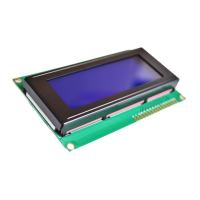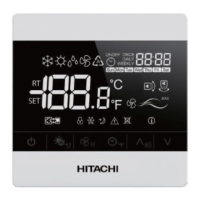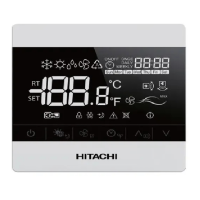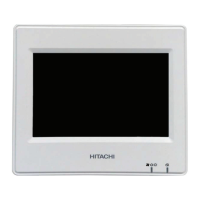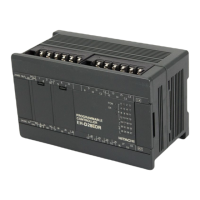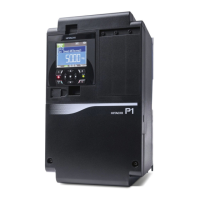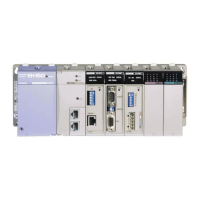30
The starting torque becomes extremely small, so that starting will be impossible unless the load is a considerably
light one.
Reference 2. Effect due to voltage unbalance (Where 2-element thermal overload relay is used)
Even in case the load is light and starting is possible, if a 2-element thermal overload relay of a low rating is used,
there remains a problem of voltage unbalance. The lower the rating (heater resistance is large), the greater the voltage
unbalance. Therefore, undesirable motor r unning conditions will continue, such as current unbalance, abnormal
temperature rise, etc.
When using a 2-element thermal overload relay
(RC 0.1A) to the motor (0.1A rating), current
unbalance of a little over 50% may occur.
Reference 3. Heater resistance of thermal overload relay
The thermal overload relay is designed to actuate the contact mechanism by driving the bimetal using the heating of
the internal heater arising from overload current of the motor.
The minimum power necessary for this heating should be more than 1.3W (one phase component when the rated
current is flowing).
W (power) = I
2
(rated current
2
) × R (heater resistance value) = 1.3 to 8 (W)
・ Heater resistance value: In the case of a low rating, the heater resistance values can be calculated from above power
as shown in the following table.
Table 22. Heater resistance
Rated current
(RC)
Heater resistance value
(one phase)
Condition
0.3A 14.4Ω
0.2A 32.5Ω
0.15A 57.8Ω
0.10A 130Ω
W (Power) ・・・・・ 1.3 W (minimum value)
Rated current ・・・・・ A low rating less than
RC0.3A.
When the rated current becomes small, the heater resistance value is indicated to become extremely large.
